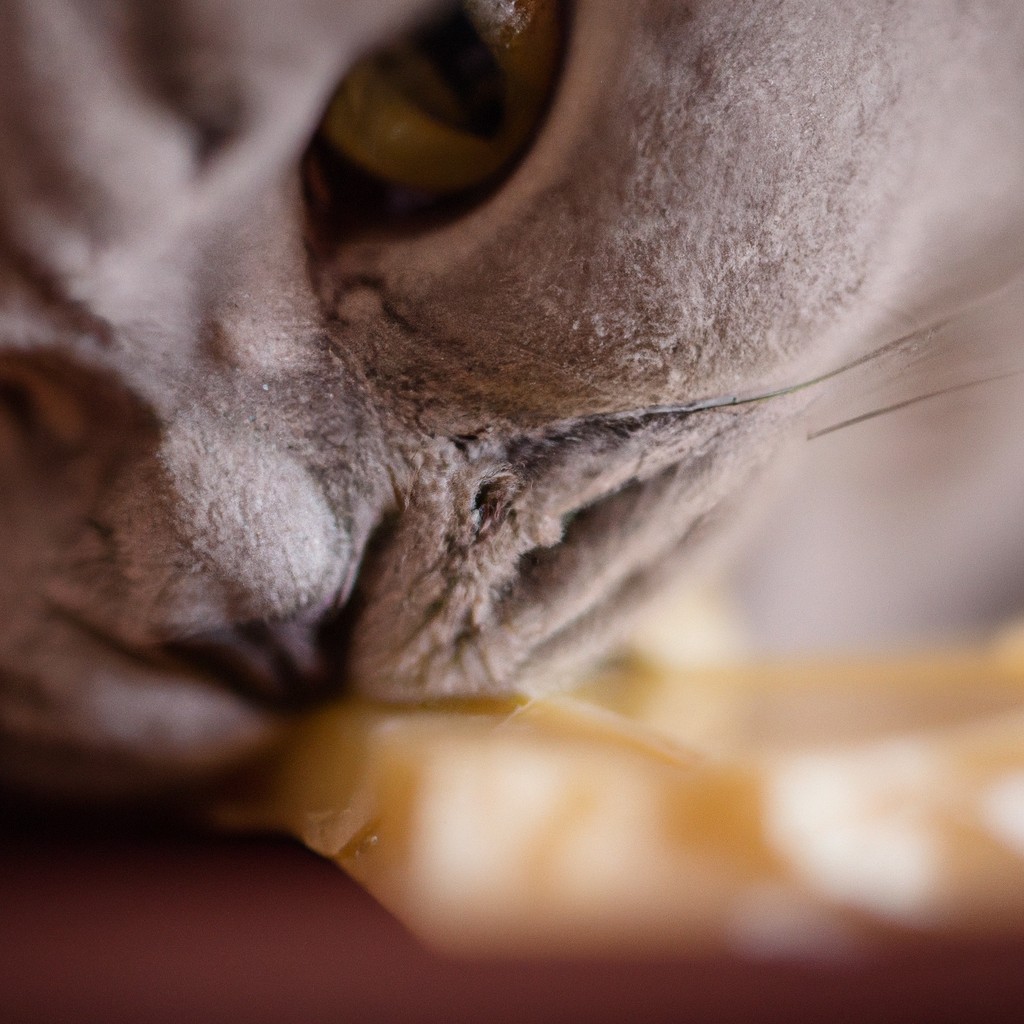Discover the distinctive features, care needs, and temperament of chocolate Labrador Retrievers.
Key takeaways:
- Chocolate Labs have a rich history and were once less favored.
- The chocolate color in Labs is the result of recessive genes.
- Chocolate Labs are friendly, intelligent, and trainable.
- They are prone to joint problems, ear infections, and heart diseases.
- Effective training involves positive reinforcement and regular socialization.
Inside
History and Origins of Chocolate Labs

Labrador Retrievers, known for their friendly nature and intelligence, originally served as fishermen’s helpers in Newfoundland, Canada. In the early 19th century, these dogs were imported to England, where breeding refined them into the Labs we know today.
The first Labradors were predominantly black, the only color recognized by the Kennel Club of England in the early history of the breed. The chocolate color variant was initially less favored and perhaps even culled for not fitting the breed standard.
Over time, attitudes toward the chocolate or liver-colored Labradors shifted positively. This change began to take shape in the 20th century, with recognition of the chocolate color in the breed standard coming later.
Selective breeding eventually increased the prevalence of chocolate Labs. Today, they are one of the three accepted colors for Labrador Retrievers, along with black and yellow, making them a beloved choice for both families and individuals.
How Is the Chocolate Color Inherited in Labradors?
The chocolate color in Labradors is the result of recessive genes. Both parents must carry the gene for this trait to produce chocolate offspring. If a Labrador inherits one chocolate gene and one non-chocolate gene, it will not be chocolate-colored itself but can pass on the trait to its offspring.
Labrador coat color is determined by two genes: the B gene (for black) and the E gene (for extension, which allows for color expression). The combination of these genes in their dominant or recessive forms dictates the pup’s color. A chocolate Labrador has the bbEe genotype, meaning two recessive ‘b’ alleles for brown color and at least one ‘E’ allele to express the color.
It’s key to note that a litter can consist of multiple colors. The genetics behind coat color is more complex than a simple combination, as modifiers and other genes can influence the final shade of a Labrador’s coat. Given this genetic shuffle, breeders often carefully select mates to increase the chances of producing chocolate puppies. It’s a genetic lottery, and while predictability is feasible, Mother Nature often has surprises in store.
Chocolate Lab Characteristics and Temperament
Chocolate Labradors are known for their strong, sturdy build and an athletic disposition. They generally weigh between 55 to 80 pounds and possess a short, dense coat perfect for outdoor activities. Their broad head, expressive eyes, and otter-like tail signal their breed traits and friendly nature.
This variant of Labrador Retrievers shares the breed’s hallmark friendly and outgoing personality, making them excellent family pets. They are highly social and form strong bonds with their owners, and their patient demeanor makes them great with children.
They inherit a strong drive for retrieving and an eagerness to please, which translates into an enthusiastic attitude towards training. However, these traits also mean they require ample exercise and mental stimulation to prevent boredom and destructive behavior.
Their intelligence ranks high, making them well-suited for various roles beyond companionship, including service, therapy, and working in search and rescue operations. Their loyalty and trainability also make them a preferred choice for such demanding roles.
Despite their work-oriented lineage, they fit well into a home environment, adapting with remarkable ease. Being such people-oriented dogs, they don’t thrive in isolation and crave interaction and involvement in family activities.
Chocolate Labs may sometimes appear more headstrong than their yellow or black counterparts, necessitating consistent and positive training methods. This perceived stubbornness is often just a reflection of their high energy and adventurous spirit.
Overall, their affectionate nature, combined with an intelligent and versatile persona, makes them a cherished companion for active households.
Health Concerns and Avoiding Health Problems in Chocolate Labs
Chocolate Labs tend to have a robust build and are generally healthy, but they’re prone to certain health issues. Understanding these concerns helps in proactive care and prevention.
Prominent issues include joint problems like hip and elbow dysplasia, which result from improper development and can cause discomfort or lameness. Regular exercise, coupled with a well-regulated diet to avoid excess weight, mitigates the stress on their joints.
Ear infections are another common concern due to their floppy ears trapping moisture. Keep their ears clean and dry to prevent bacterial or yeast infections.
They are also susceptible to inherited heart diseases, such as tricuspid valve dysplasia, which can be detected early through regular veterinary check-ups.
Eye conditions, particularly progressive retinal atrophy (PRA), lead to blindness but can be identified early with genetic testing. Breeders should screen parents for PRA to reduce the risk of it being passed down.
Finally, exercise-induced collapse (EIC), a condition triggered by strenuous activity, manifests in muscle weakness or collapse after just five to twenty minutes of vigorous activity. Knowing the limitations of your Chocolate Lab and recognizing the signs of EIC can ensure their safety during play and work.
By maintaining your Chocolate Lab’s ideal weight, providing them with regular health screenings, and staying attentive to their exercise needs and limitations, you help ensure a healthier and happier companion.
Training, Socialization, and Care for Chocolate Labs
Effective training of Chocolate Labs utilizes positive reinforcement techniques. Rewarding good behavior with treats, praise, or play encourages them to repeat those actions. Begin training early, as puppies are highly receptive to learning new commands and routines.
Socialization is crucial from a young age and involves exposing the dog to a variety of people, places, and situations. This helps Chocolate Labs become well-adjusted and minimizes anxiety or aggression in unfamiliar environments.
Regular mental stimulation is as important as physical exercise. Puzzle toys and training sessions keep their mind active, preventing boredom and destructive behaviors.
Nutrition tailored to their life stage, size, and energy level sustains their health. Chocolate Labs are prone to weight gain, so monitor their diet closely and provide ample opportunities for exercise.
Routine veterinary care, including vaccinations, parasite prevention, and regular checkups, maintains their well-being. Pay attention to their ears and eyes, which can be prone to infection, and brush their teeth regularly to promote dental health.
Consistency in care and routine provides a sense of security. Chocolate Labs thrive on knowing what to expect each day, which includes consistent feeding times, exercise, and affection.




